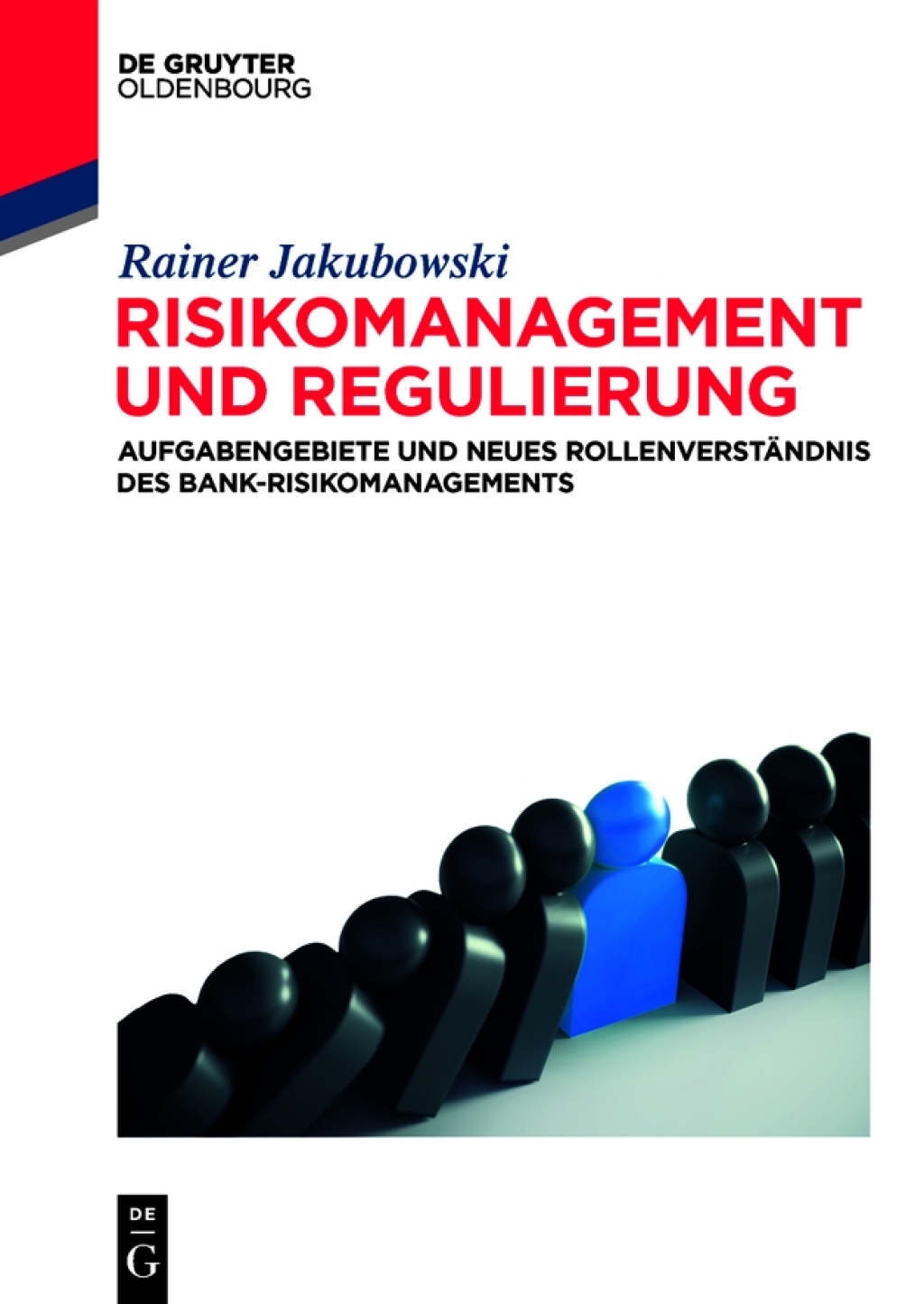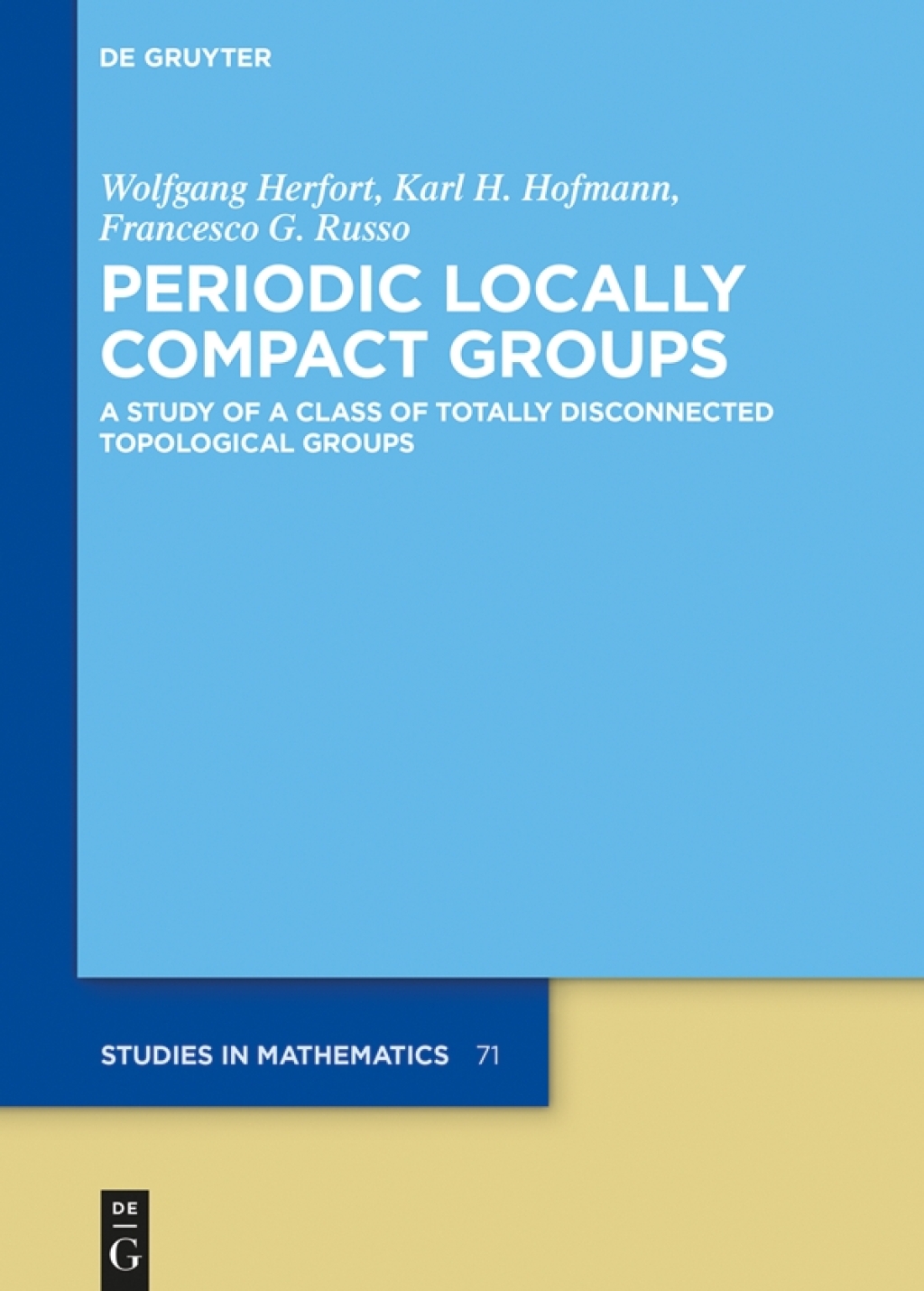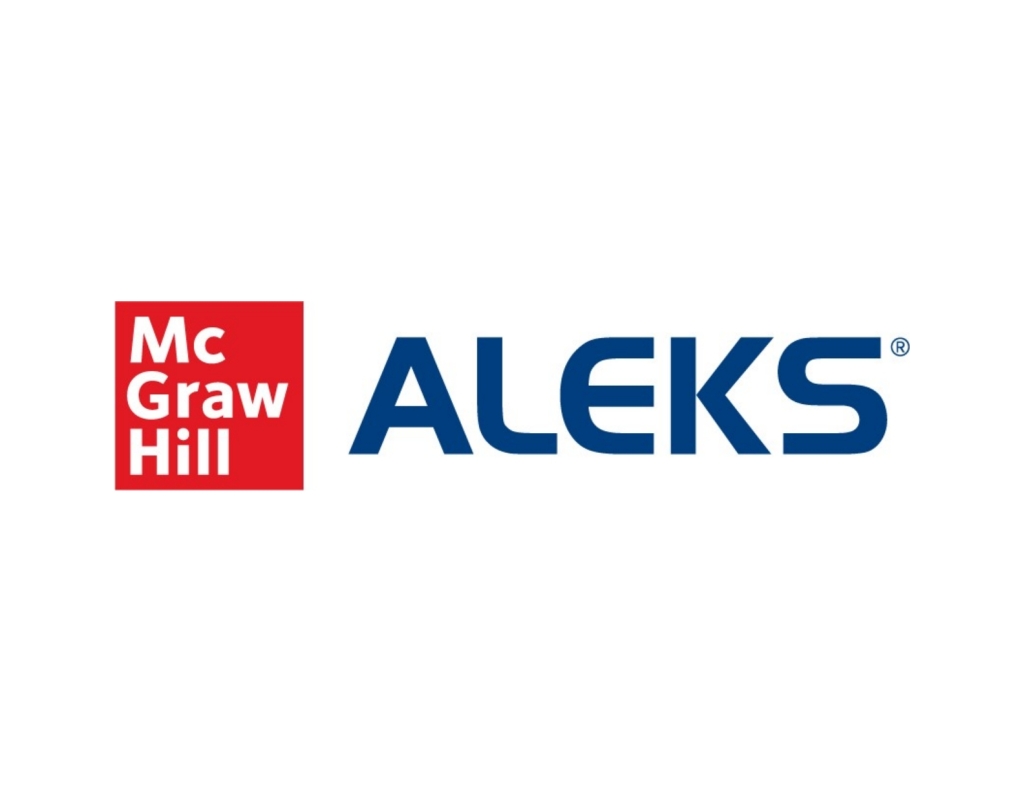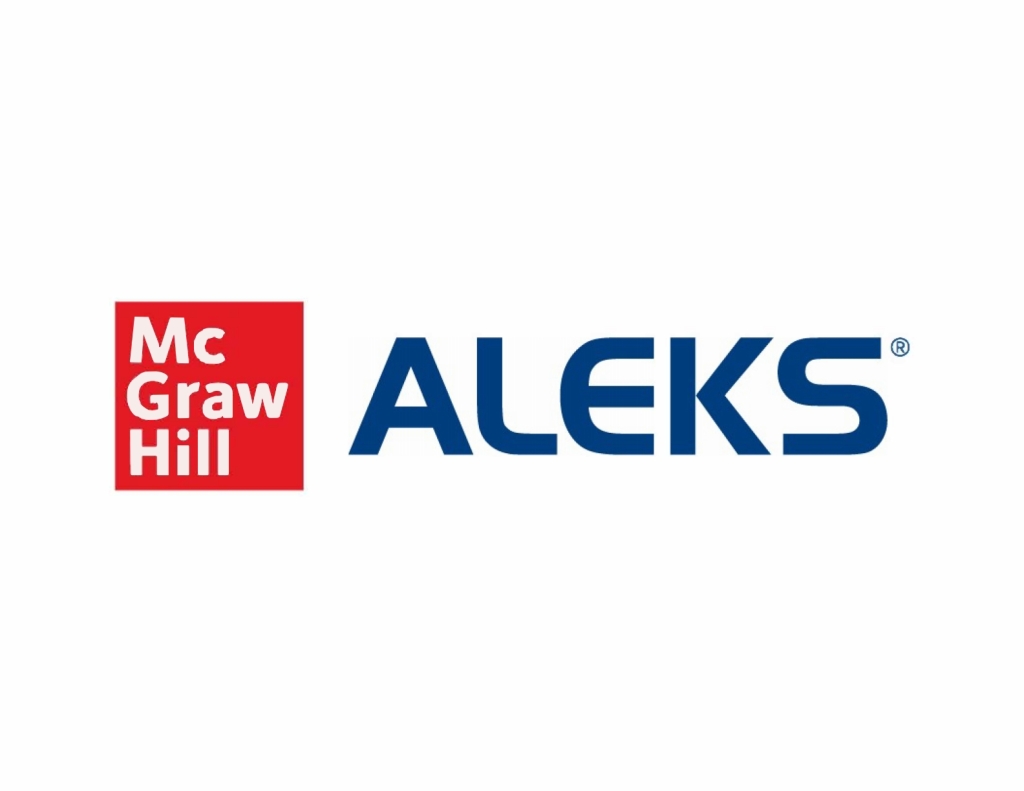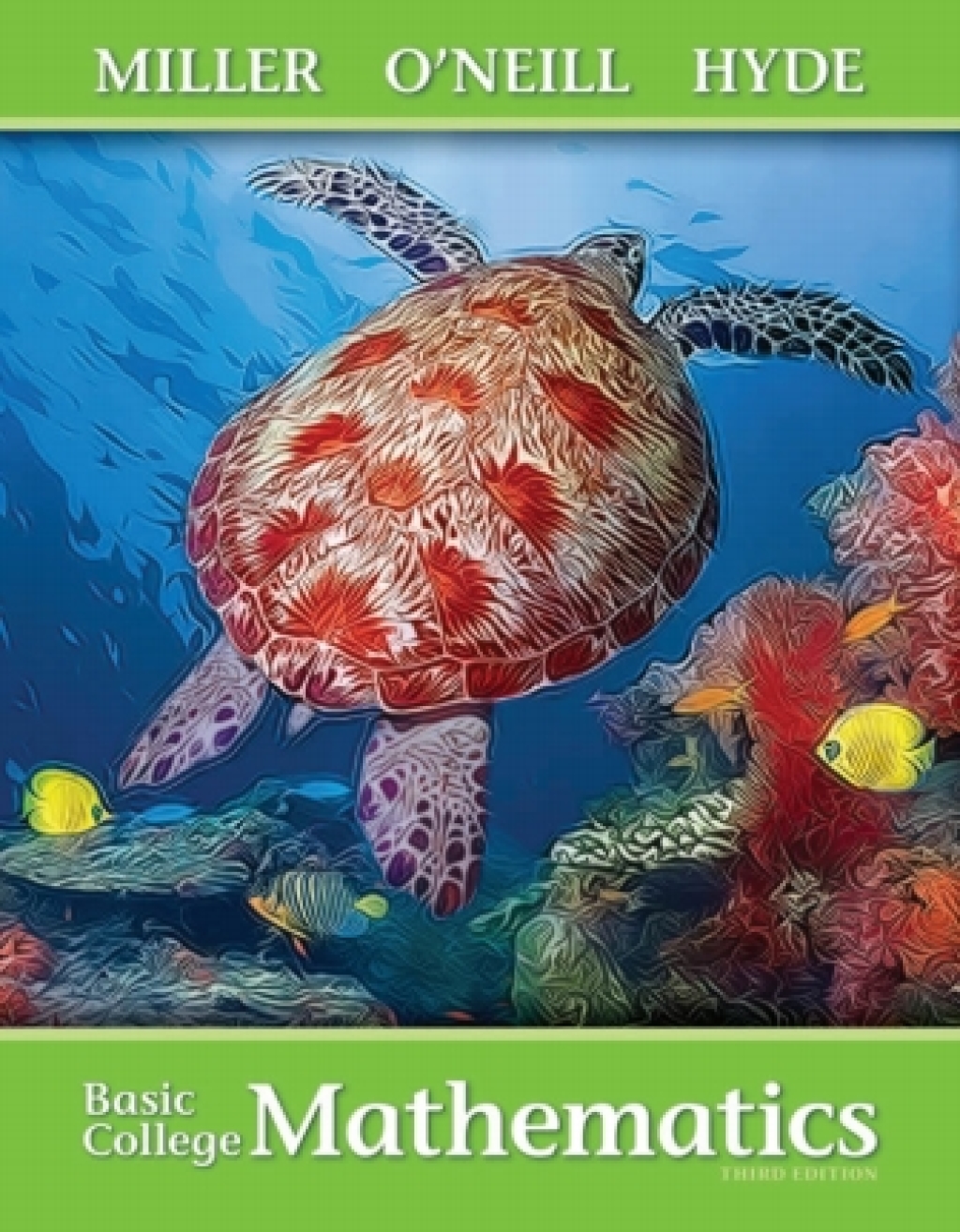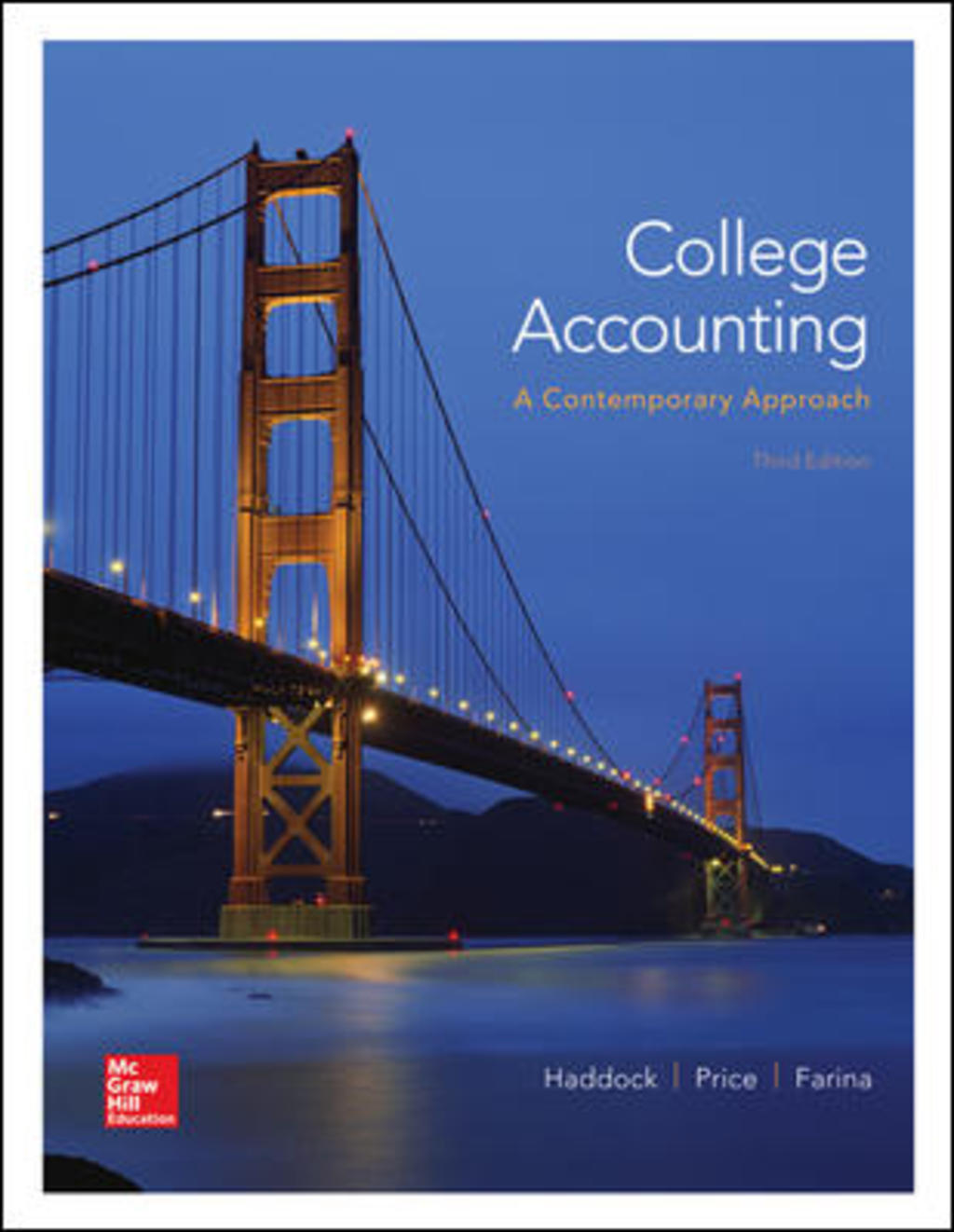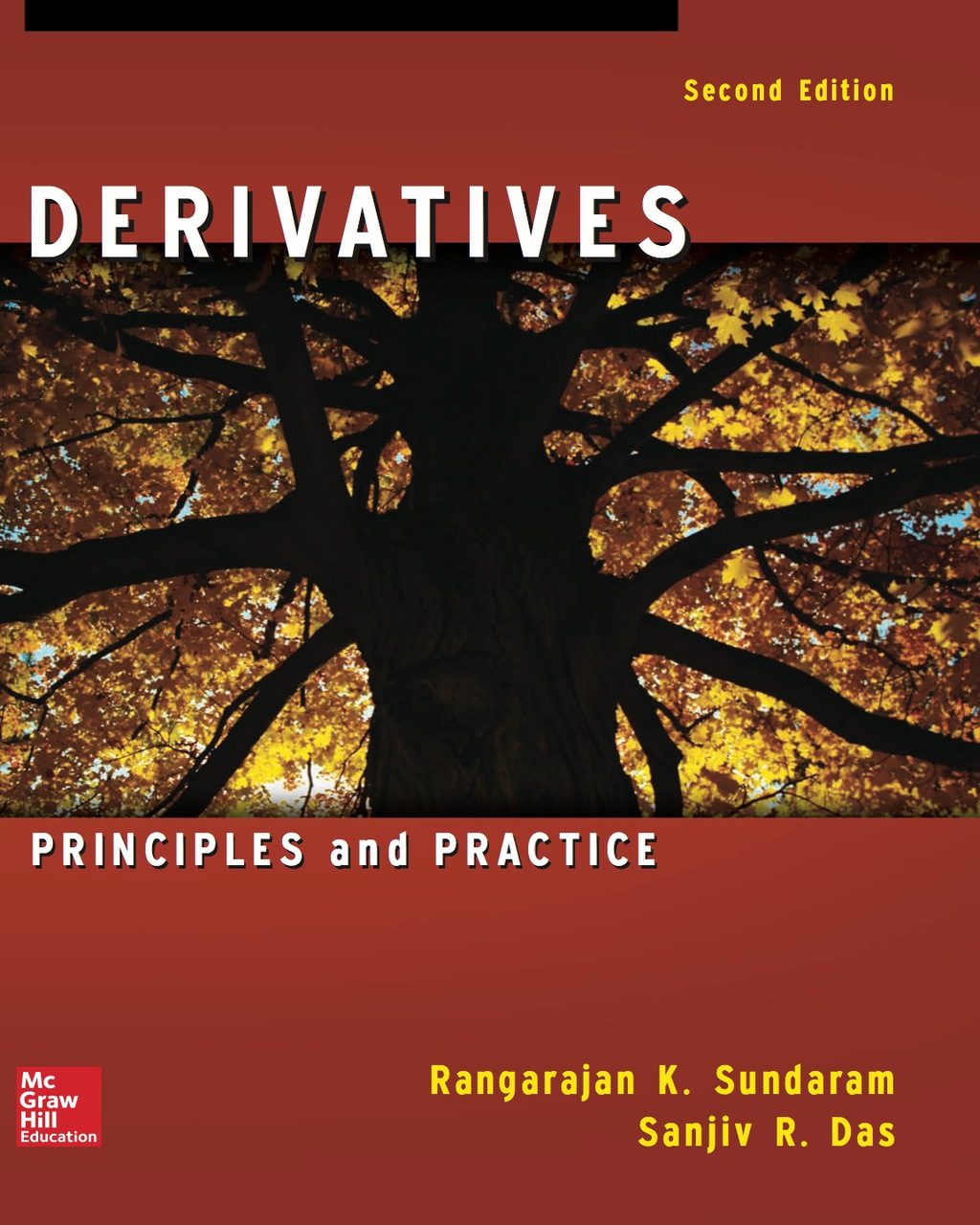Periodic Locally Compact Groups A Study of a Class of Totally Disconnected Topological Groups 1st Edition
Author(s): Wolfgang Herfort; Karl H. Hofmann; Francesco G. Russo
Publisher: De Gruyter
ISBN: 9783110598476
Edition: 1st Edition
$39,99
Delivery: This can be downloaded Immediately after purchasing.
Version: Only PDF Version.
Compatible Devices: Can be read on any device (Kindle, NOOK, Android/IOS devices, Windows, MAC)
Quality: High Quality. No missing contents. Printable
Recommended Software: Check here
Important: No Access Code
Description
Description
This authoritative book on periodic locally compact groups is divided into three parts: The first part covers the necessary background material on locally compact groups including the Chabauty topology on the space of closed subgroups of a locally compact group, its Sylow theory, and the introduction, classifi cation and use of inductively monothetic groups. The second part develops a general structure theory of locally compact near abelian groups, pointing out some of its connections with number theory and graph theory and illustrating it by a large exhibit of examples. Finally, the third part uses this theory for a complete, enlarged and novel presentation of Mukhin’s pioneering work generalizing to locally compact groups Iwasawa’s early investigations of the lattice of subgroups of abstract groups. Contents Part I: Background information on locally compact groups Locally compact spaces and groups Periodic locally compact groups and their Sylow theory Abelian periodic groups Scalar automorphisms and the mastergraph Inductively monothetic groups Part II: Near abelian groups The definition of near abelian groups Important consequences of the definitions Trivial near abelian groups The class of near abelian groups The Sylow structure of periodic nontrivial near abelian groups and their prime graphs A list of examples Part III: Applications Classifying topologically quasihamiltonian groups Locally compact groups with a modular subgroup lattice Strongly topologically quasihamiltonian groups


